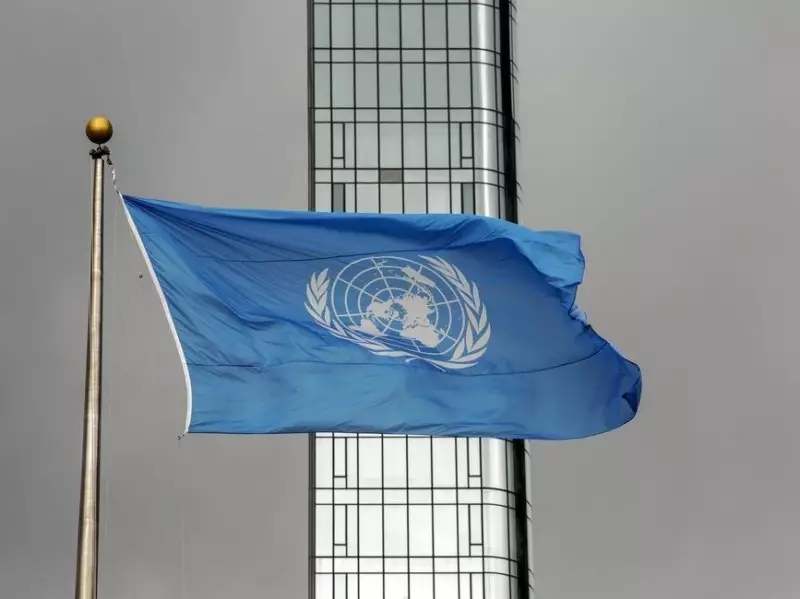
The United Nations' COP30 climate conference in Brazil is facing sharp criticism for its massive carbon footprint, which is projected to equal the annual greenhouse gas emissions of the entire island nation of Samoa. This irony isn't lost on observers as Canada's delegation attends the gathering, with critics arguing both the UN and Canadian government share an equally delusional approach to climate policy.
Climate Conference Contradiction
More than 56,000 registered delegates are attending the 12-day conference in Belem, Brazil, known as the Gateway to the Amazon. The event has been described by critics as private jets for climate change due to the influx of politicians, celebrities, business leaders, and environmental activists traveling to the remote location.
The carbon emissions generated by this massive gathering will be approximately equivalent to the annual greenhouse gas output of Samoa, highlighting what many see as the hypocrisy of international climate negotiations.
Canada's Unrealistic Emission Targets
Canada's delegation to COP30 is led by Environment Minister Julie Dabrusin, who recently affirmed the Mark Carney government's commitment to maintaining the Justin Trudeau government's emission reduction targets. This commitment comes despite overwhelming evidence that Canada is far off track from meeting these goals.
The federal government has an interim target of reducing Canada's emissions to 20% below 2005 levels by next year, which would require cutting emissions to 607 million tonnes. Current estimates place Canada's 2024 emissions at 694 million tonnes, only 8.5% below 2005 levels. This means Canada needs to eliminate an additional 87 million tonnes of emissions within a single year—equivalent to shutting down the entire buildings sector nationwide.
The Fantasy of Ambitious Targets
Minister Dabrusin defended the targets in an interview with CBC's environmental podcast What on Earth, stating, Our targets remain the same. And we always knew that they were ambitious targets, right? So that was always going to be a stretch. But that's the whole point of having ambitious targets... it forces us to do that stretch.
However, critics argue these aspirational targets mislead the public about what's actually achievable. The Trudeau government's longer-term goals of at least 40% below 2005 levels by 2030 and 45% below 2005 levels by 2035 on the path to net zero by 2050 appear increasingly unrealistic.
Since the Liberals came to power in 2015, they've committed more than $200 billion—approximately $5,000 for every Canadian—toward emission reduction efforts without coming close to achieving their stated targets. Meanwhile, global energy-related emissions reached a record high of 37.8 billion tonnes last year, underscoring the challenge of meaningful climate action on an international scale.





